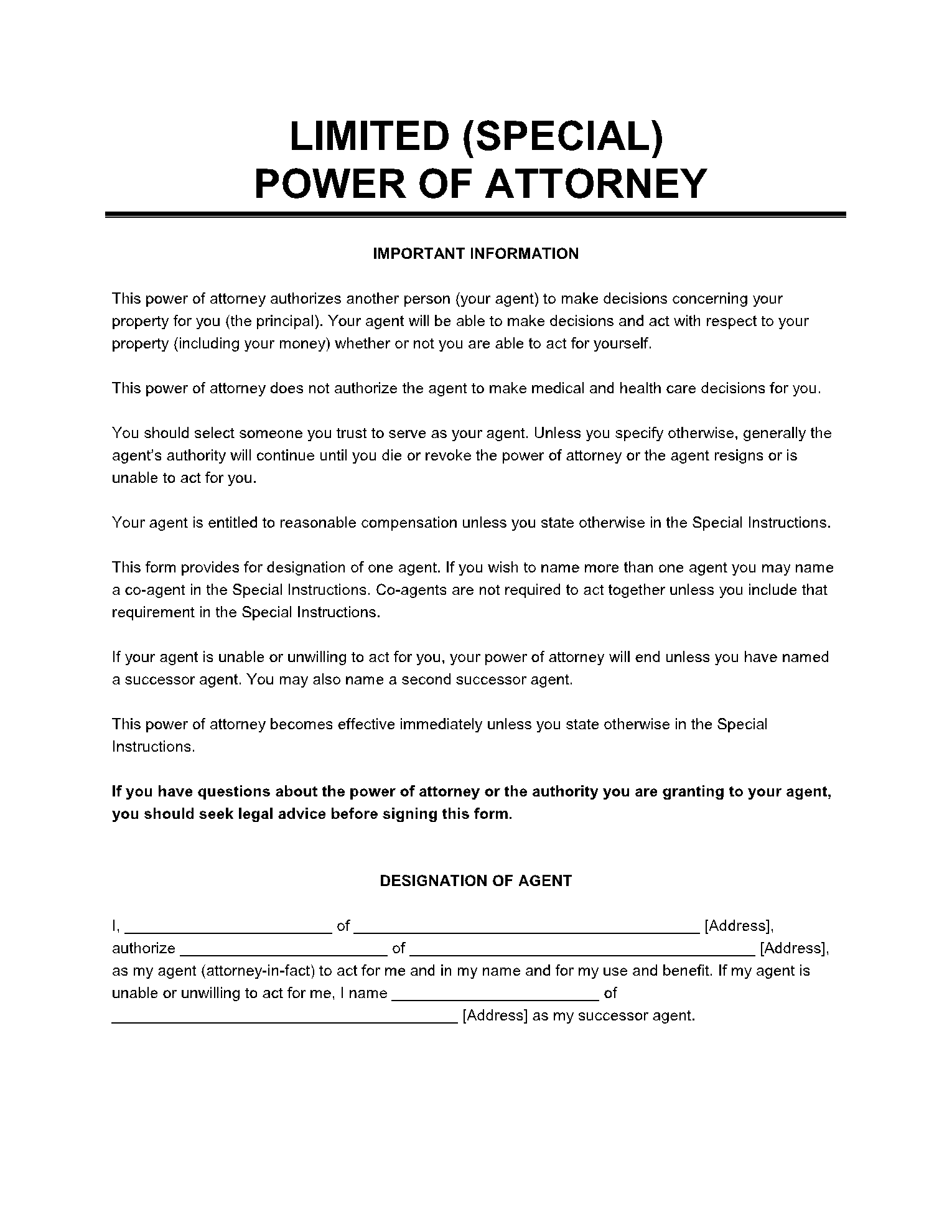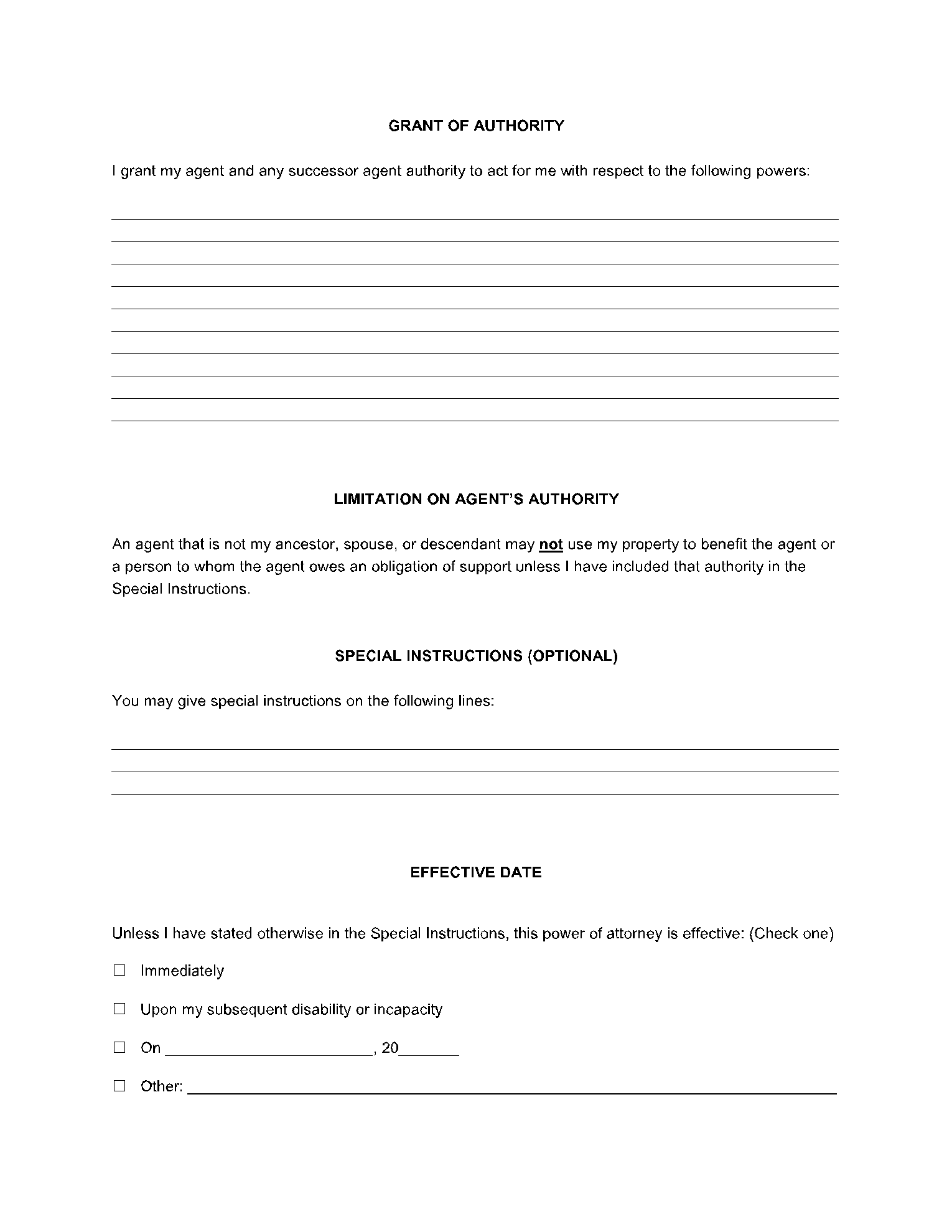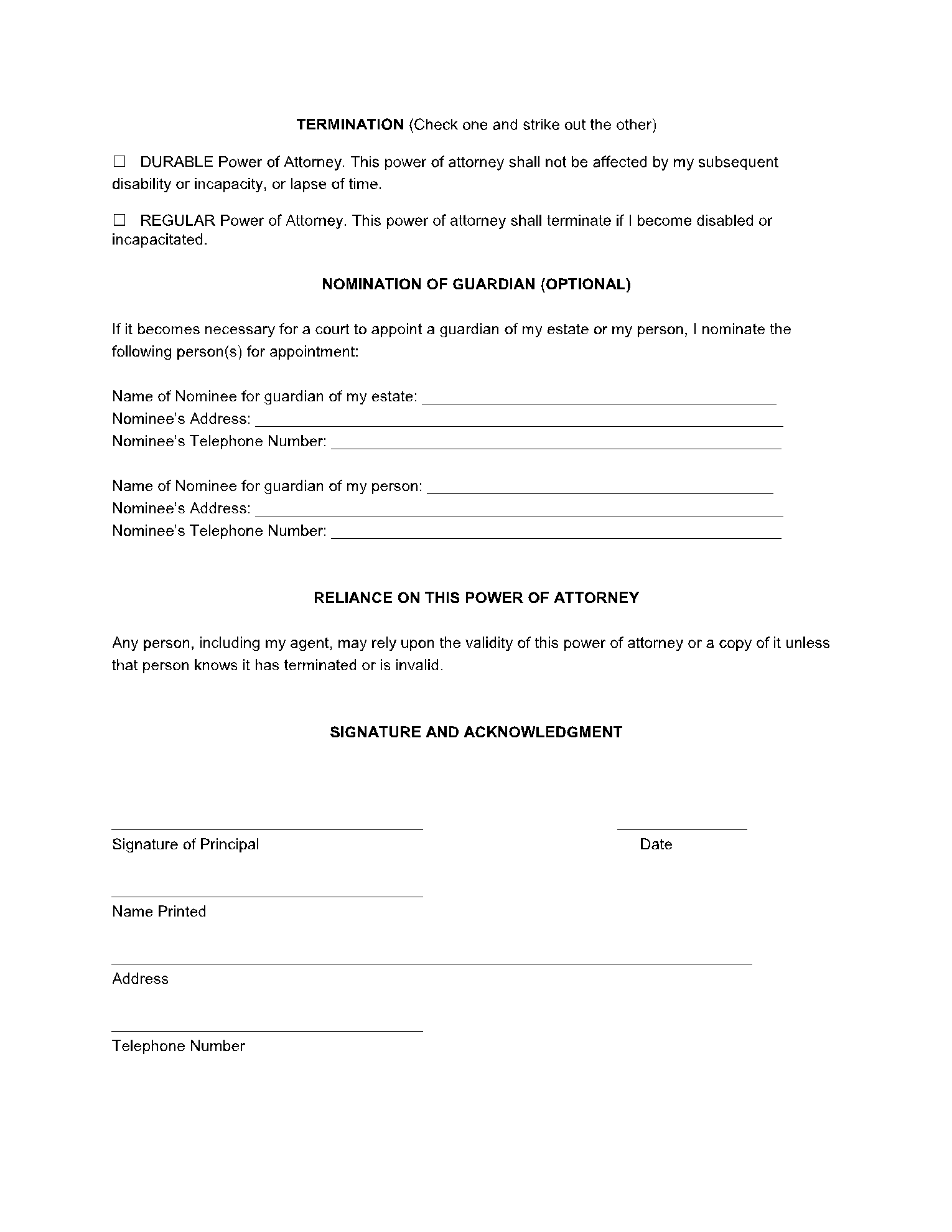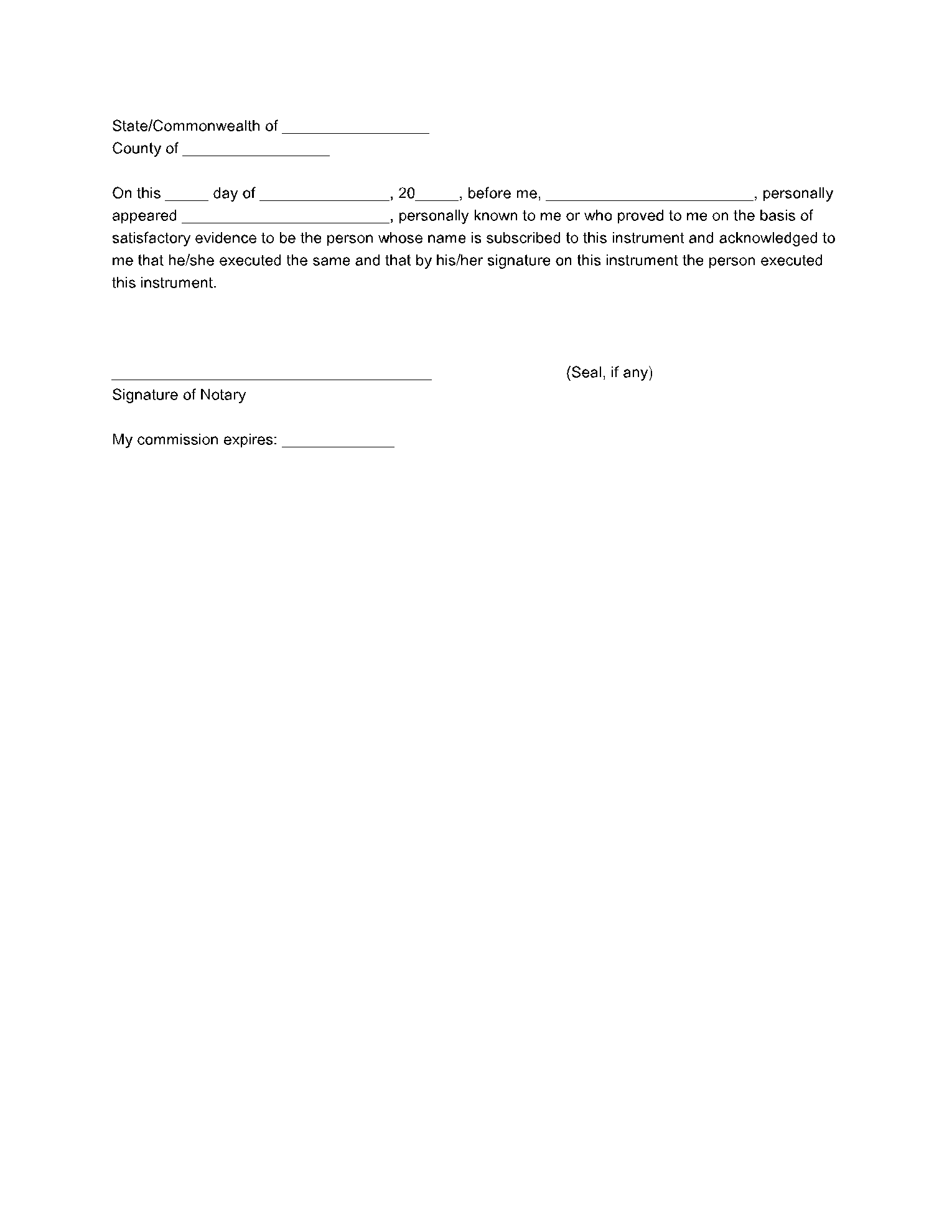Our vehicles are an extension of ourselves. As such, we like to take care of every little thing related to the vehicle on our own. However, often due to unforeseen circumstances, we find ourselves caught up in something else.
During such incidences having an agent (or Attorney-in-fact) take care of our vehicle or any vehicle-related tasks might come in handy. This can be done easily with the help of a legal document known as the vehicle power of attorney (VPOA).
The following are some of the components we have incorporated in our power of attorney template to sell a car or any other motor vehicle:
-
- Details of the buyer and seller
- Description of vehicle registration certificate
- Attached record of the valid vehicle’s compulsory motor insurance with Green Paper
- Information on applicable laws
What Is A Vehicle Power Of Attorney?
A vehicle power of attorney is a legal document drawn by the owner of the vehicle (principal) to delegate his/her power onto another person (agent) to ply the vehicle on the road, to sell it, or to give it on hire basis to any other person. The document specifies the extent and limits of the agent’s power. The owner can choose to specify certain powers or make the VPOA broad to cover a range of responsibilities.
A VPOA must only be used when:
- The owner is unable to tend to the needs of his/her vehicle physically
- The organization needs an employee or a person to do the paperwork and documentation related to the vehicle
- The owner wishes to transfer the vehicle’s title
How Does The Vehicle Power Of Attorney Work?
To draw a power of attorney for car title, the owner must acquire the following information about the vehicle beforehand:
- Make, model and year of manufacture
- VIN
- Odometer reading
After acquiring all the information, the owner needs to choose an agent to act on his/her behalf in a matter concerning the vehicle. All this is then filled in the VPOA form and signed by the principal, agent, and notary public.
How to Fill the Vehicle Power of Attorney?
To transfer the power to an agent, the principal has to go through the following four stages:
- Collect all the relevant information about the vehicle. This includes Certificate of Title, Proof of Insurance, Registration, License Plates, etc. It is to ensure that the vehicle does belong to the Principal.
- Select an agent who fulfills the criteria and is trustworthy.
- Make a list of power/s you would want to delegate to the agent. You may choose to grant one or two or transfer all of them.
- Once you have completed the form in all the respects, it is essential to confirm the presence of a notary public. The form will then have to be signed in the presence of the notary public. This can be done in any of the following ways:
- Visit the notary in their place of work
- Go to any financial institution offering the notary services
- Visit your nearby UPS store
- Get it notarized online
How to Write up A Vehicle Power of Attorney?
To create a power of attorney for a motor vehicle, it is advisable to use the State-sanctioned vehicle power of attorney form. If that is not available, you can download the generic form and fill it in.
- Enter the name of the principal and the agent, followed by their mailing addresses. Mention the name of the State where the vehicle is registered.
- Fill in all the required information about the vehicle here.
- Next, write in the name, date of birth, and social security number of the owner of the vehicle. In case if the owner is a company, fill in the federal ID/EIN.
- Put in the principal’s signature along with the date.
- Get the form notarized.
Download the state-specific or generic VPOA form from CocoSign. We have a range of templates for automatic power of attorney along with various other types of Power of Attorney forms.




